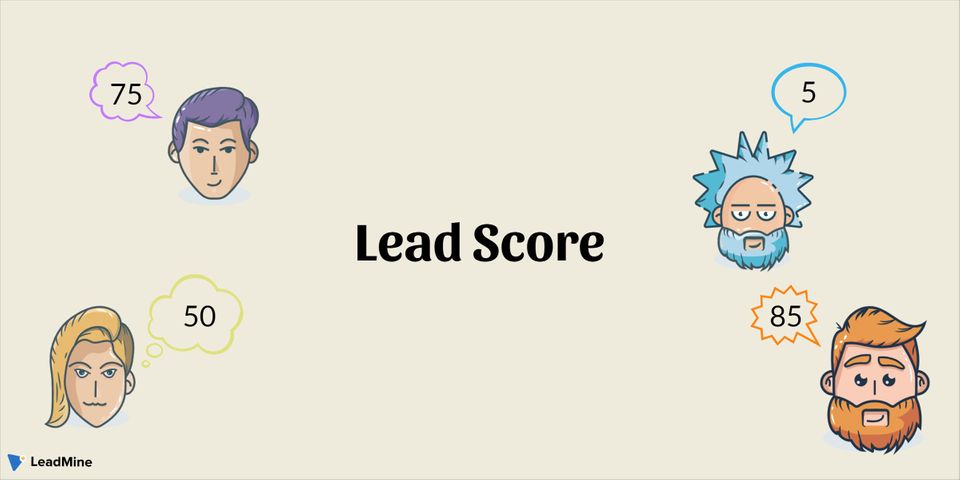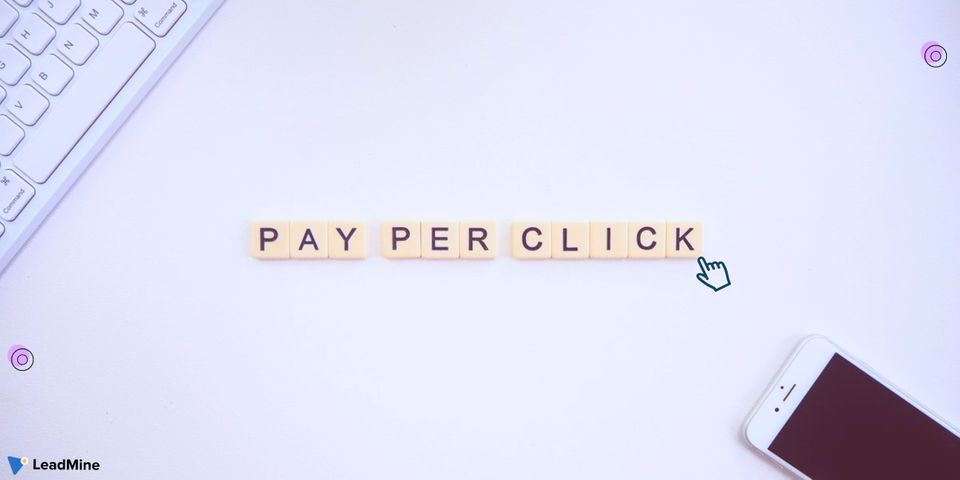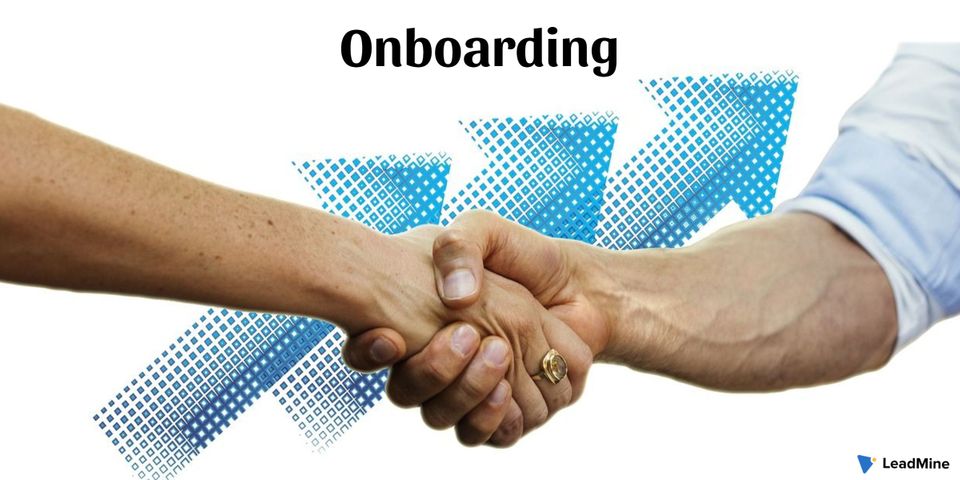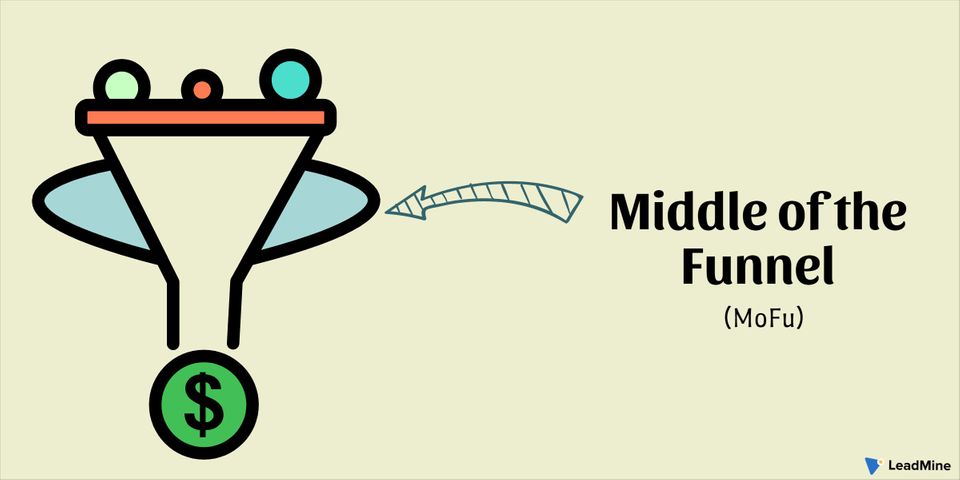When you see a quality lead, you don't always know what to do with it. It takes just too many hours of conversations and emails to realize you're wasting your time. Although you don't want to waste time on leads that will never close, you also don't want to waste time on leads that will never close.
To find the most eligible opportunities, converting lists into leads is a time-consuming process that takes commitment, attention to detail, and follow-up. This method has mostly been performed manually up until now, but lead scoring is increasingly putting it on autopilot.
We will cover the following:
- What is Lead Scoring?
- Why Lead Scoring is Important?
- Benefits of Lead Scoring
- How to Determine Lead Score?
- Conclusion
What is Lead Scoring? 🤔
Lead scoring is a method of rating prospects on a scale that represents how important each lead is to the business. The resulting score is used to decide, in order of priority, which leads a receiving role may engage.
Both explicit and implicit data are used in lead scoring models. The prospect provides explicit information, such as company size, market segment, job description, or geographic location. Implicit scores are calculated by tracking prospect activity, such as website visits, whitepaper downloads, and e-mail opens and clicks.
Social ratings also look at a person's presence and activity on social media. Lead scoring enables a company to tailor a prospect's experience based on his or her purchase stage and level of interest, significantly improving the consistency and "readiness" of leads provided to sales teams for follow-up.
Why Lead Scoring is Important? 😓
Companies use historical data from marketing automation processes to forecast a customer's usual direction before making a purchase. Companies should investigate which pieces of content are most engaging to consumers and how many interactions between the business and the prospect it took to transform that person into a customer using strategies like inbound marketing, marketing automation, customer data, and lead nurturing.
Salespeople can distinguish between a customer's interest in products and their desire to purchase, in part, thanks to this lead scoring mechanism. If businesses invest in lead scoring software to boost their overall sales process, it's critical that their lead management efforts are closely aligned.
The technology must also be correctly configured with the appropriate metrics and used on a regular basis. Otherwise, the lead scoring data could provide an incomplete image of potential customers, leading sales and marketing representatives down a bad road.
Benefits of Lead Scoring 😇
The following are the main benefits of using lead scoring:
- Increased Sales Productivity and Effectiveness
Lead scoring focuses sales efforts on the most important leads for the company, ensuring that unqualified or low-value leads aren't sent to sales for interaction. - Increased Marketing Effectiveness
A lead scoring model quantifies the types of leads or leads characteristics that are most important to marketers, allowing marketing to better target its inbound and outbound initiatives and produce more high-quality leads to sales. - Tighter Marketing and Sales Alignment
Lead scoring establishes a shared language in which marketing and sales leaders may address the quality and quantity of leads produced, which helps to reinforce the partnership between marketing and sales. - Higher Revenues
Lead scoring also means that leads with high scores are prioritized for sales. A lead with a higher score has a better chance of closing than one with a lower score. This results in a rise in revenue.
Methodologies for Lead Scoring 🤩
Different lead scoring methodologies are used:
- Ideal Customer Profile (ICP)
It helps an organisation to concentrate their attention on leads that reflect their ideal customer by scoring attributes of identified contacts (e.g. job title, company size). - Lamb or Spam
Filtering out low-quality leads and surfacing high-potential leads is the lamb or spam model. It is most often used by small businesses that do not have a strong ideal consumer profile (ICP). Personal email address domains (Gmail, Hotmail, yahoo) or temporary email generators used to send email spam or sign up anonymously are used by online businesses to identify low-quality leads. - Rule-based
Rule-based lead scoring models assign point values to firmographic and behavioural characteristics of leads. To determine whether a lead is a good or bad fit, point thresholds are defined. Rule-based scoring solutions, such as Salesforce CRM lead scoring solutions, are integrated into broader marketing automation systems, as well as add-ons that serve as CRM complements. - Predictive Lead Scoring
Predictive lead scoring models depend on machine learning to build a predictive model based on historical customer data supplemented by third-party data sources. The idea is to look at past lead behaviour or previous experiences between a company to leads and see if there are any meaningful associations between that data and a successful business result such as a closed deal.
In order to better prioritise sales participation, businesses iterate on current methodologies and adjust methodologies. Predictive lead scoring methodologies are commonly preferred as companies rise in headcount and the number of goods they sell because of their ability to ingest new consumer data on a regular basis and evolve their forecasts.
How to Determine Lead Score? 🧐
Every company's lead scoring will most likely be different, and there is no one-size-fits-all solution. Each organization should have its own scoring system that is tailored to its specific goals, priorities, and targets.
Despite the unique nature of lead scoring, there are a few things to keep in mind when creating your own scoring model.
#1 Generate Buyer Personas 🤑
You must have a good understanding of the attributes that make a prospect a perfect match for your products and services before you can score your leads. The parameters for each buyer persona profile are derived from quantitative analysis, anecdotal observations, and current customer data. The more buyer personas you have, the more comprehensive your knowledge of your customers will be, and as a result, your lead scoring efforts will be more accurate.
#2 Decide Which Data Points Should be Scored 😎
Now that you've determined who your ideal customers are, it's time to assign a point value to each of their characteristics. There are two types of information that can be used to score leads:
- Demographic Information - The characteristics of a lead.
- Behavioural Information - refers to a lead's actions or how they communicate with your company.
#3 Assign Point Values 😇
Not all criterion for scoring is produced equal. Remember, your task is to figure out which characteristics and behaviours contribute to a closed deal. As a result, you must allocate numerical values to each data point.

#4 Determine the Point at Which a Lead Becomes Sales Eligible 🤗
After you've assigned a score to each data point, add up all of the points accumulated by a single lead to getting their final lead score.
To begin, we suggest using lead scores with no minimum value. For a predetermined test duration, request that sales follow up with leads equally, regardless of their score. After the test phase has ended, examine sales follow-up and lead score. Examine if there is a clear cut-off point at which leads cease to become customers.
Conclusion
Lead scoring can appear to be a large undertaking. However, we guarantee that if you adopt a lead scoring system, your entire company will become more efficient and effective.
So, stop pondering which leads are the best and stop giving the sales team unqualified leads. Sit down with your executive team and begin developing a lead scoring plan right away–your whole company will thank you.
Do share your thoughts about Lead Scoring with us at LeadMine.





